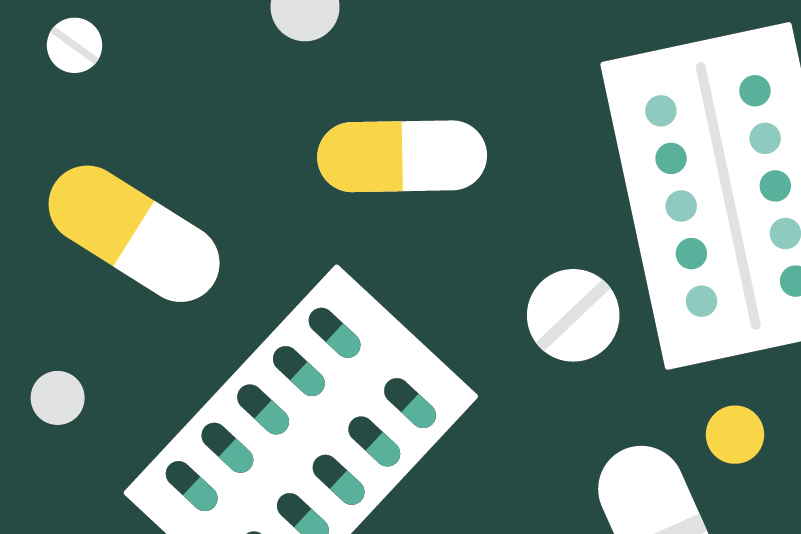#83 Febuxostat: Precipitating Crystals of Evidence About Gout Prevention

Reading Tools for Practice Article can earn you MainPro+ Credits
Join NowAlready a CFPCLearn Member? Log in
- 3 RCTs gave colchicine or naproxen (8 or 24 weeks2-4), whereas the other 2 trials did not provide any prophylaxis against gout flares5,6
- Febuxostat 40-240 mg compared to allopurinol 200-300 mg daily x8-52 weeks
- Gout episodes: Significant increase with febuxostat
- 43.6% versus 38.1% with allopurinol (number needed to harm [NNH]=19)
- Tophi number and size: No difference2,3
- Achieved serum uric acid <360 µmol/L: Febuxostat 66.4% versus 43.2% with allopurinol.
- 5167 and 5048 mostly-male patients, given colchicine or NSAID x8 weeks7 or NSAID for trial duration,8 randomized to febuxostat 40 or 80 mg, or allopurinol 300 mg daily for ~6 months
- No difference in gout episodes between groups
- No difference in number of tophi7
- Serum uric acid <360 µmol/L more likely with febuxostat 80 mg versus both febuxostat 40 mg and allopurinol.
- Start urate-lowering therapy at low dose and titrate up every 2-6 weeks, and use colchicine or NSAIDs for ~6 months to prevent initial flares.9-11
- Though it lowers serum uric acid, allopurinol has never been shown in RCTs to reduce gout flares.12
- Allopurinol adverse events: Mild rash, pruritus (~2%); allopurinol hypersensitivity syndrome (severe rash, fever, hepatitis and renal toxicity) [<1/1000].13,14
- Yearly costs: Febuxostat 80 mg ~$680 (approved Canadian dose), allopurinol 300 mg ~$100.15
- Febuxostat cardiovascular safety has been questioned16 and is being studied (NCT01101035).






